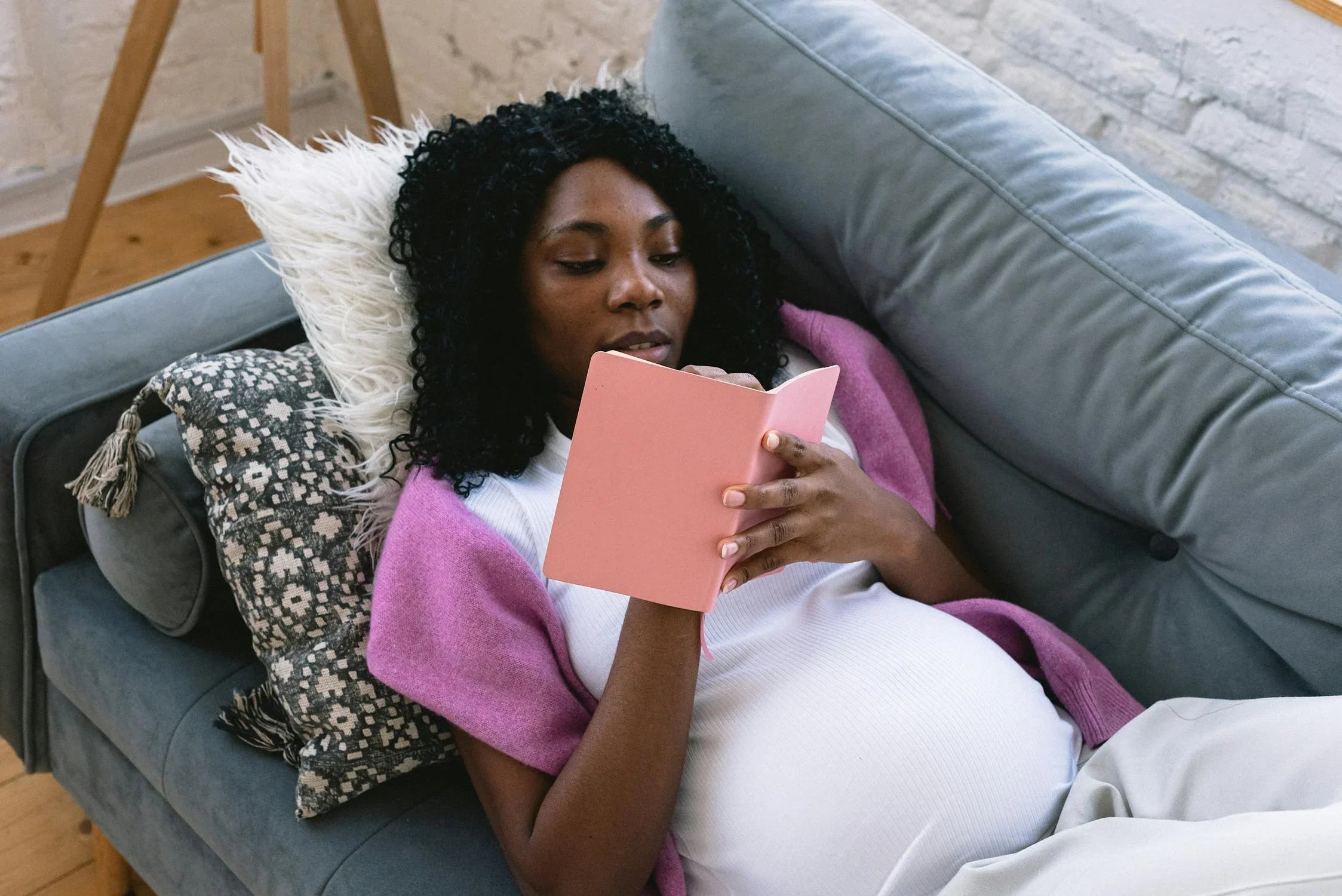Inicio
Pregnancy, Breastfeeding, and Pumping: The Ultimate Guide for Moms
Can 2 Pregnancy Tests Be Wrong? Exploring the Possibilities

Can 2 Pregnancy Tests Be Wrong? Exploring the Possibilities
When it comes to confirming a pregnancy, many people turn to home pregnancy tests for quick and private results. But what happens when two tests give conflicting or unexpected results? Can 2 pregnancy tests be wrong? This question is more common than you might think, and understanding the factors that influence test accuracy is crucial for making informed decisions about your health.
How Pregnancy Tests Work
Pregnancy tests detect the presence of human chorionic gonadotropin (hCG), a hormone produced by the placenta after a fertilized egg attaches to the uterine lining. Most home pregnancy tests are designed to detect hCG in urine, and they typically provide results within minutes. While these tests are generally reliable, they are not infallible.
Factors That Can Affect Test Accuracy
Several factors can influence the accuracy of a pregnancy test, including:
- Timing: Taking the test too early or too late can affect the results. hCG levels rise rapidly in early pregnancy, but they may not be detectable immediately after conception.
- Test Sensitivity: Different tests have varying levels of sensitivity to hCG. Some tests can detect lower levels of the hormone, while others require higher concentrations.
- User Error: Incorrect usage of the test, such as not following the instructions properly, can lead to inaccurate results.
- Expired or Faulty Tests: Using an expired or defective test can also result in errors.
- Medical Conditions: Certain medical conditions, such as ovarian cysts or certain types of cancer, can produce hCG and lead to false-positive results.
Can 2 Pregnancy Tests Be Wrong?
While it is rare for two pregnancy tests to be wrong simultaneously, it is not impossible. If both tests are taken at the same time and under the same conditions, they may both be influenced by the same factors, such as user error or expired tests. However, if the tests are taken at different times or under different conditions, the likelihood of both being wrong decreases.
What to Do If You Suspect an Error
If you suspect that your pregnancy test results may be inaccurate, there are several steps you can take:
- Retest: Wait a few days and take another test. hCG levels double every 48 to 72 hours in early pregnancy, so waiting can increase the accuracy of the test.
- Consult a Healthcare Provider: A blood test administered by a healthcare provider can provide a more accurate result. Blood tests can detect lower levels of hCG and are less prone to user error.
- Consider Other Symptoms: Pay attention to other signs of pregnancy, such as missed periods, nausea, or breast tenderness. While these symptoms are not definitive, they can provide additional clues.
Understanding False Positives and False Negatives
False positives and false negatives are two types of errors that can occur with pregnancy tests. A false positive occurs when the test indicates pregnancy when there is none, while a false negative occurs when the test indicates no pregnancy when there is one. Both types of errors can be caused by the factors mentioned earlier, such as timing, test sensitivity, and medical conditions.
Conclusion: Trust but Verify
Pregnancy tests are a convenient and private way to confirm pregnancy, but they are not foolproof. If you find yourself asking, 'Can 2 pregnancy tests be wrong?' it is important to consider the factors that can influence test accuracy and take appropriate steps to verify the results. Consulting a healthcare provider is always the best course of action if you have any doubts or concerns.
Ultimately, while home pregnancy tests are a valuable tool, they should not be the sole basis for making important decisions about your health. By understanding the limitations and potential errors associated with these tests, you can take a more informed and proactive approach to managing your reproductive health.
Compartir
